Growing cannabis can be a fun activity or pastime that can earn you money while also allowing you to expand your stash. But on the other hand, you need to increase cannabis yield after investing time and resources.
You can grow cannabis indoors and outdoor
Growing marijuana outdoors is less expensive and easier to set up. Mother nature will also assist you in providing the right circumstances to increase cannabis yield when you cultivate them outside. On the other hand, dependence on nature means you have no control over the conditions to which your plants are exposed.
Indoor gardening is more expensive and necessitates a consistent materials supply for plants to flourish. However, indoor cultivation provides greater security and allows you to manage the environment in which your plants are grown.
Both of these ways of cultivation are viable possibilities. On the other hand, indoor cultivation is generally superior if you desire to increase cannabis yield. If the goal is maximum cannabis yields, there are various aspects and concepts to consider regardless of the growing method used.
We have stuff like the genetics of the chosen strain among these. Fortunately, you have an extensive assortment of profit-generating seeds to choose from here.
When choosing seeds or strains, it’s also essential to examine whether they’re auto-flowering or photoperiodic. They’ll need careful lighting management to produce satisfactory and abundant pot yields if they’re photoperiodic. Below are some tips for increasing cannabis yield and generating many edible portions or buds.
Table of Contents
1. Defoliation
Defoliation is the procedure for removing a cannabis plant’s dead and worthless leaves. The idea is to free up energy so that more buds can grow and increase marijuana yield. However, it’s important to remember that defoliation is best done during the flowering stage because the plant is concentrating on flowering rather than physical growth at this time. As a result, defoliating during the vegetative stage can obstruct the plant’s normal development.
Always begin at the bottom and remove any drooping or yellowing leaves. When the plant’s leaves become this hue, it’s merely trimming itself, and you’re just speeding up the process. Because the plant needs leaves for photosynthesis, remove what you need and what will not harm your plant. Don’t go overboard with your aggression. Consider removing leaves that don’t get enough light or are already dying.
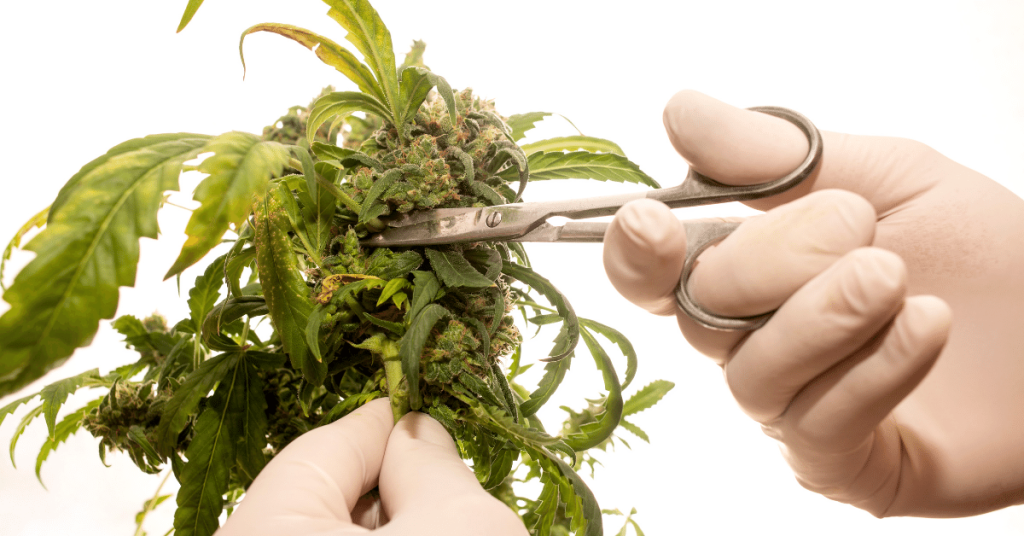
2. Plant Education
Plant education is one of the easiest methods marijuana growers can use to increase cannabis yield.
Cannabis plants are fragile and trained when they are in the vegetative stage. You take advantage of this stage if you want to direct the growth of your cannabis plant and get better marijuana yields. It’s impossible to teach an old dog new tricks. Cannabis plants have weak stems and branches in general. Because of their uncontrolled and unequal growth, interlock branches can obstruct their correct development.
The easiest method to deal with this is to put your cannabis plants through some low-stress training (LST).
LST is where you spread your plants’ main stems and carefully separate them from branches with a string. The idea is to expand your plant into a dense bush that grows outward. Use strings to keep the overlap between plants tidy and clean. For example, consider the screen of green method, which uses a grid of strings to direct plants toward more orderly growth.
One of the most effective ways to help cannabis plants generate more yield for you is to train them. It’s important to realize that simply training your plants isn’t enough. You must continue watering your plants, offering adequate lighting, and providing the necessary nutrients.
Other strategies, such as plant training, are secondary practices once you accomplish the core prerequisites. Plant training takes place during the vegetative stage or early in the flowering stage because this is when you can train the plants most effectively. There is minimal to no physical development of the plant once flowering begins.
We further take plant training into two types: low-stress and high-stress. Below, we take a closer look at both of them.

Low-stress plant training
Low-stress plant training entails tinkering with cannabis plants to encourage the growth of buds or flowers and thus increase cannabis yield.
You frequently accomplish it by increasing the number of hours that plants are exposed to light or optimizing light exposure to various plant sections.
Both photoperiodic and auto-flowering plants can benefit from this plant training. As a result, this approach to plant training is the most adaptable of all.
Techniques for plant training that are low-stress
Method of Tie-Down
You bend the stem and attach it to the rim of your growth pot in this technique. You can force even growth and maximize even light exposure by doing so. It exposes the bud sites that would otherwise be shaded by overgrowth, allowing for equal light penetration.
Method of the Green Screen. (SOG)
SOG is a method of cultivating multiple tiny cannabis plants side by side to create a broader canopy. Although each small plant’s production will be lower, the product per square meter will be higher cannabis yields than plants you have not trained.
Techniques for High-Stress Training
This type of training entails more intensive tactics reported to harm your plants. As a result, these training methods are not recommended for auto-flowering plants, as the plants will not have enough time to recover before entering the flowering phase. Indoor photoperiodic plants are frequently subjected to high-stress training instead. Because plants will need more time to recuperate from the damage produced by this training method, you need to extend the vegetative stage.
The following are some examples and explanations of high-stress training approaches.
Topping
Clipp off the tops of your cannabis plants, hoping that two stems, not one, will grow again. The method can be performed on the same plant numerous times to increase the number of areas where you predict buds
Fimming is a type of topping that is similar to sprinkling. However, instead of chopping off the entire top of the plant, you only take off around 75% of it here, resulting in the growth of four new branches.
Carry out these procedures when the plant is still in the vegetative stage. Cutting portions of the plant during the flowering period will reduce your production rather than increase it.
Main-Lining
When it comes to increasing the yield of cannabis plants, this is one of the most intensive and practical approaches. It’s more of a blend of topping and tie-down techniques.
You cut the plant in the vegetative stage up to the third node and remove any growth forms below. The remaining branches are then tied down so that they can develop horizontally. Create up to eight major bud sites to acquire the most yield. Do this three times more. Instead of one primary cola, you’ll wind up with eight.
It is, however, preferable if you exercise caution. Also, keep in mind that the plant will require extra time to heal itself during its vegetative stage. As a result, we must remain vigilant and recognize that the plant will require significantly more time to fix itself during the vegetative stage.
3. Trellising
When plants have stunted growth or struggle to blossom and fully grow, they lack the strength to support themselves. Cannabis plants are in the same boat.
As a result, providing cannabis plants with a structure to support their weight can assist them in growing faster and healthier maximizing cannabis yields. Trellising’s magic kicks in.
Trellising is the process of erecting structures to help your cannabis plants thrive.
For example, you can make the system out of wood, bamboo, or metal.
The material is woven into a mesh and utilized to support the structure. As a result, your cannabis plants are kept separate and sturdy.
4. Type of Pot
The types of containers you utilize in your grow area can also influence and define your plants’ growth, impacting your marijuana yield. Many gardeners, for example, prefer to use air pots or smart pots because they are usually composed of breathable or porous fabric. As a result, your plants will have plenty of space to breathe, grow, and expand, thanks to the increased aeration of these pots. As a result, tremendous and powerful growth is ensured below and above the soil.
5. Increase the brightness of the light.
When it comes to harvesting, the lighting setup in your grow room will significantly impact your production. The chosen lighting configuration should be able to maximize the amount of light available. Furthermore, distribute the light evenly and directly.
There are several different lighting configurations to pick from, so you have many options. Vertical variations that circle a central light source are among them. It’s sometimes a row of plants. There are also rows of plants hanging from the ceiling around a single light source. Investigate the appropriate distance between your plants and your chosen light source. Also, use light sources that will save you money on electricity and lessen the possibility of your plants succumbing to heat stress.
Improving the intensity of your light source may be costly, but it will result in higher pot yields because it speeds up the photosynthesis process.
6. Increase the size of your containers
Increasing the size of your containers is an obvious technique to increase cannabis yield. You can scale up your production by increasing the size of your growth containers or pots. However, it does not imply taking on more plants than you can handle. Too many plants indicate a lack of care for some, resulting in losses rather than profits. The primary purpose of this arrangement is to provide extra space for a single plant to flourish, implying you can predict the yields. Examine your finances to see if you can afford to upgrade your grow room setup.
7. Lighting from the Side
Side lighting is another lighting option that might help you increase cannabis yield. Again, the goal is to provide additional lighting. Instead of increasing the number of overhead lights, you invest in side lighting.
Side lighting allows light to reach sections of the plant obscured by the plant’s overgrowth. As a result, light is distributed much more evenly throughout the plants than light absorbed solely by the plant’s canopy. In the end, the tiny and unproductive buds take center stage and produce more flowers.
The other ways have been used or implemented.
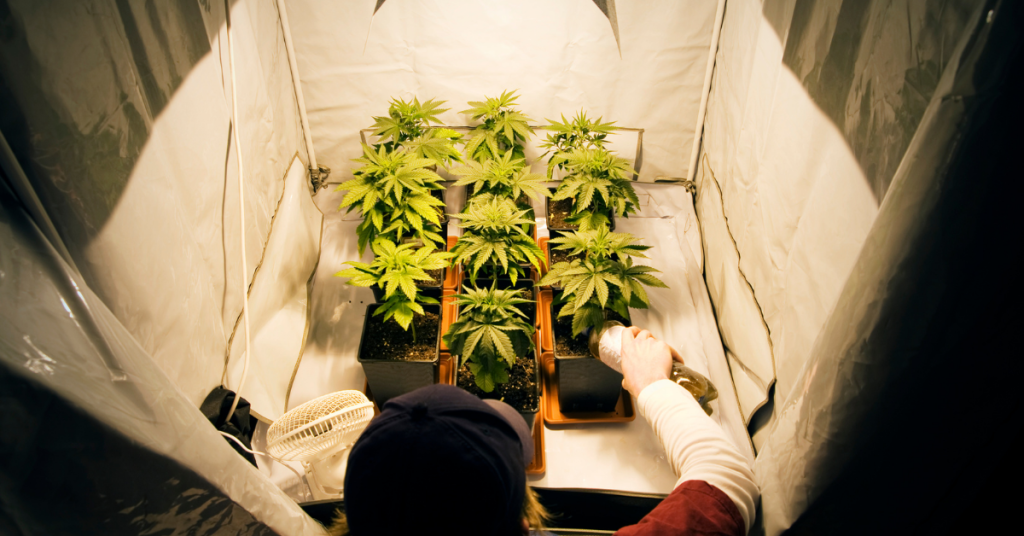
8. Nutrition
Cannabis plants, like all plants, require a steady supply of nutrients to thrive. However, you should use caution because too much nutrition can harm plants. For example, when the tips of the leaves turn yellow, it means there are too many nutrients in the plant, which could kill it. Therefore, nitrogen, potassium, and phosphorus should all be present in your fertilizer of choice for a nearly ideal nutrient balance.
Fertilizer levels in the vegetative stage should be high in nitrogen and potassium, with moderate phosphorus. During the flowering stage, the fertilizer should have a low nitrogen content and a high potassium and phosphorus content. Provide sulphur and magnesium to the plant for it to thrive.
Remember to follow a watering schedule because cannabis plants require a lot of moisture. Watering is a significant source of concern to increase cannabis yield, particularly in dry places. It’s important not to overwater, as this might lead to decay and mold growth.
9. Favorable pH
Acidic soils are ideal for cannabis plants. pH levels should ideally be between 6 and 7. Please keep soils in this range so that plants have the best access to nutrients and can grow strong roots. However, when the pH is too high or too low, the plant’s ability to absorb nutrients is severely reduced, directly impacting the cannabis yield during harvest.
After you’ve mastered this, you’ll need to master plant feeding. Finally, you may better care for your plants and increase cannabis yield by understanding nutrients and parts per million (PPM).
We commonly use pH meters to measure PPM and EC and monitor pH. (electrical conductivity). It enables you to correctly assess the nutrient balance in your soil and water and make necessary adjustments.
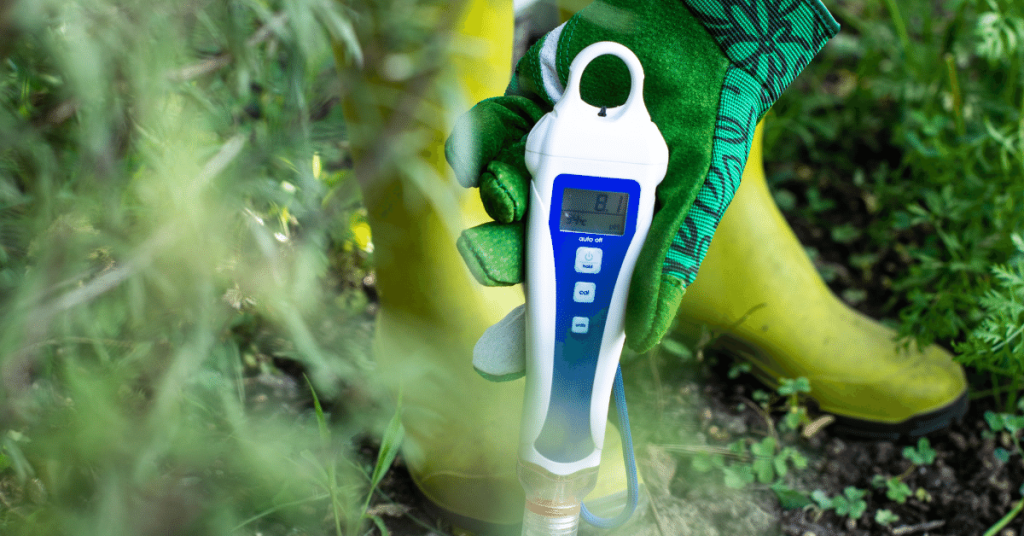
10. Temperature regulation
Avoid heat stress and freezing weather to get the most out of your cannabis plants. Extreme heat and cold harm plants, so controlling the temperature are more difficult for outside planters, but it is simple and achievable for indoor producers. An efficient ventilation system regulates the temperature in indoor grow spaces. When plants receive light, the temperature should be between twenty-one and twenty-nine degrees Celsius. When you don’t expose plants to light, the optimal temperature for plants is fourteen to twenty-one degrees Celsius.
It is also essential to keep track of the humidity in the growth region. Humidity levels between 50 and 70 percent are ideal; however, this varies depending on the plant’s stage of development.
Increase the amount of carbon dioxide available to your plants.
Although academics are looking into it, there are no scientific verifications. However, they believe that adding more carbon dioxide to your grow room would boost your overall yield. So, despite the lack of convincing proof and research, it may be correct. However, we don’t advise home growers to use it because adding extra carbon dioxide is usually quite costly and ensure the grow room is correctly sealed for it to work.
It’s also important to consider that plants use carbon dioxide and oxygen. As a result, rising carbon dioxide levels will reduce oxygen, which could be dangerous. As a result, it’s best to think about it just when Molasses is involved.
11. Molasses
can be used to boost the size of buds. Sugar is the component of molasses that does this. Sugar is known to feed the metabolism of cannabis plants, which influences flowering and bud growth. You can also use honey or syrup, but molasses is preferable because it contains additional nutrients and minerals that cannabis plants require to improve the cannabis yields. Honey and syrup do not have these substances.
12. Hydroponics
Increase cannabis yield by up to 20% when grown hydroponically because the root system has direct access to a well-blended nutrient solution. In addition, using hydroponics speeds up the growth of cannabis plants, resulting in earlier yields.
They are, however, extremely sensitive to handle, and correction is nearly tricky if something goes wrong, which is why many growers avoid using hydroponics.
They’re also challenging to set up. On the other side, the soil allows for human mistakes. Hydroponics also necessitates a large amount of devoted room, whereas you can employ soil in small spaces such as closets.
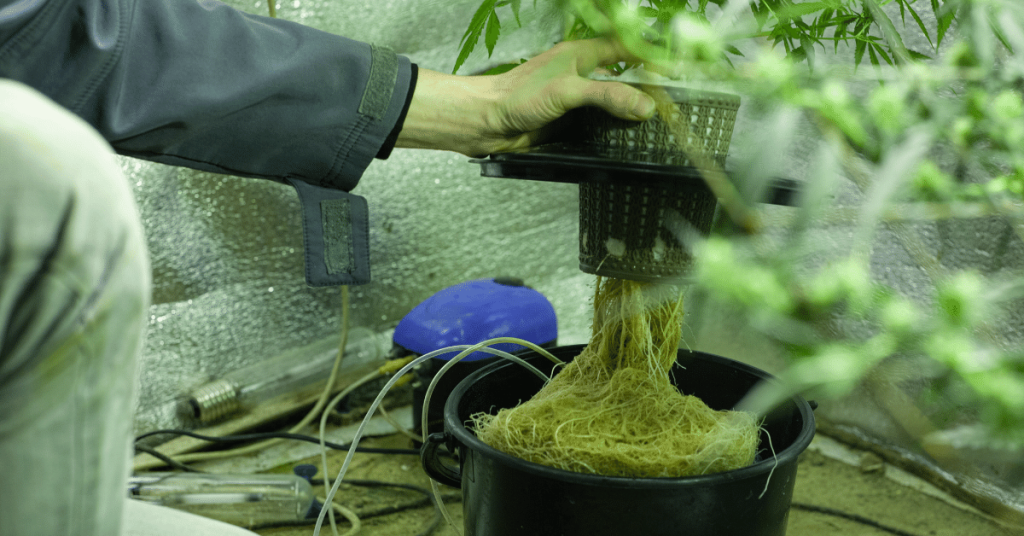
13. Harvest at the right time.
If you want to get the most out of your cannabis plants, consider harvesting at the right time. When they reach the flowering stage, plants have a strong and deep perfume or aroma.
After seeing months of hard work pay off directly in front of your eyes, it’s easy to fall into the trap of harvesting early. It’s a temptation to harvest right now, and you will be, but please don’t. You’ve shown patience throughout the various stages of growth. You have a little more time to wait.
Don’t rush to pick the blossom or bud because you might do so too soon, lowering your harvests. According to experts, there is a 2–3-week window during which you can easily harvest the buds. However, if you wait a week or two longer, you can enhance your yield by up to 25% because the buds will grow in size.
It’s worth doing everything to grow and increase cannabis yield, even if it means holding on a little longer.
14. Keep a cannabis-growing notebook.
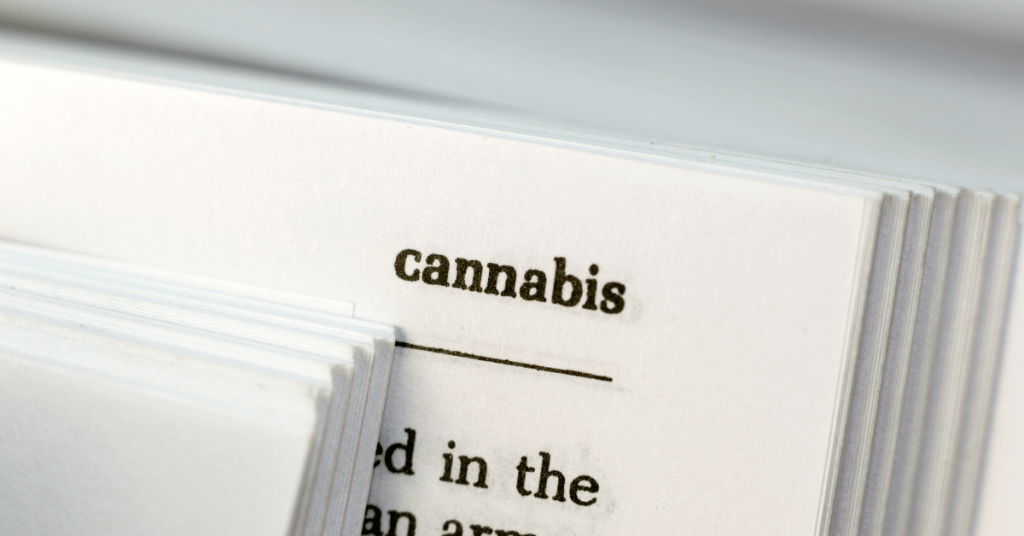
You might use various methods to increase the size of your cannabis buds, but nothing beats practice. It is always a vital component of any operation’s success. It’s no secret that experimenting with different cultivation techniques and understanding as much as you can about cannabis growth will help you produce more significant and better harvests.
There is no other way to get experience but to get out there and try things for yourself. When it comes to cannabis, you should keep a journal to track your improvement and use it as a reference point for your next experience.
From seeds to harvesting and curing, keep track of everything. After then, think about these records to see what works and what doesn’t. Then, if you start using what worked and discarding what didn’t, you may expect more returns and a higher-quality cache.
Is there a formula for growing bigger buds? Perhaps, but perhaps not. You can only find out if you continue to progress. Failure should not be a deterrent to you. Instead, you must begin to learn from your mistakes. It’s a lot of fun to grow cannabis, and it’s practically difficult to make the same mistakes twice.
All growers want big yields, and we want to have more of the most significant strains available, but having unrealistic expectations can let you down. So it’s a good idea to approach cannabis cultivation with an open mind. In that manner, any yield is a good yield, no matter how small.
Are you on the lookout for massive monster buds? Relax a little and concentrate on providing the most satisfactory possible circumstances for your plants, and the rest will fall into place.
SUCCESS IN GROWING!!!!!
Take a step back in your search for monster buds. Instead, concentrate on training effectively, and the rest will take care of itself.
